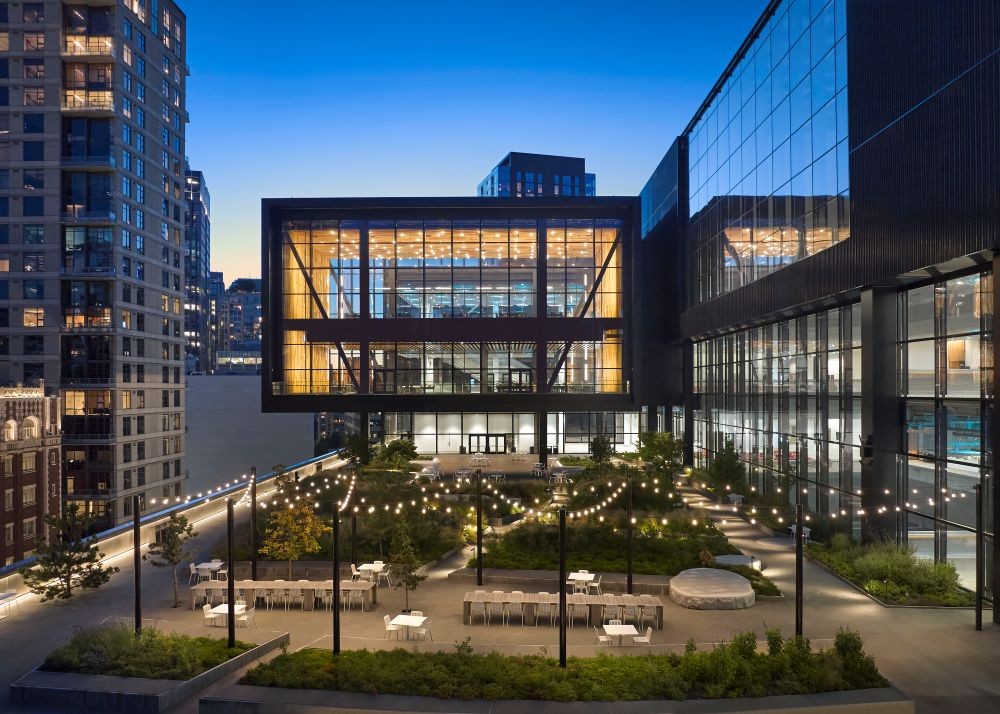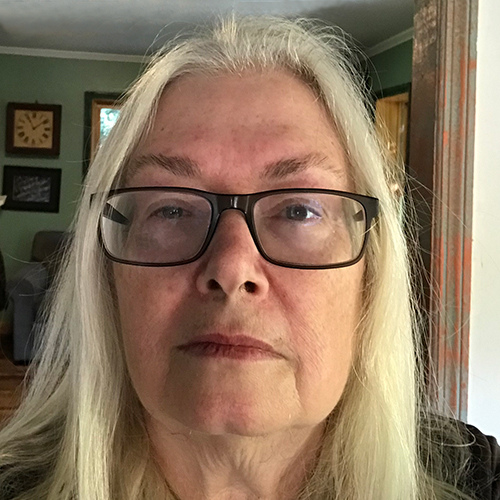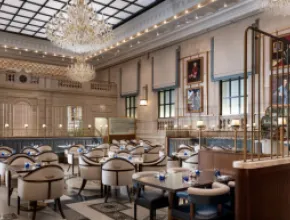Convention centers are created to make money and provide recognition for their host cities. Once in place, however, they can become agents of change for the better. Here’s how major convention centers in the Pacific Northwest do it.
Agents of Change and Renewal

Seattle Convention Center recently doubled its convention space by transforming a former bus station into the 573,770-square-foot Summit building, bringing its total space to 1.5 million square feet.
The center itself is close to everything from Pike Place Market to Monorail Espresso, and mixed-use retail continues to bloom in proximity. Jennifer LeMaster, who recently became president and CEO of the Seattle Convention Center, likens the center’s campus to a compact, walkable community in the heart of downtown.
“Customers seek curated environments that showcase the destination within the meeting framework,” LeMaster noted, “and we are working hard to integrate the arrival experience with hyper-local brands that deliver a more elevated energy.”
Having completed the Summit expansion in late 2023, the Seattle Convention Center is now adjusting to its new demand potential.
“Executing a diverse event portfolio across multiple venues simultaneously is uniquely complex,” LeMaster explained.
For example, 2024 saw a 69.3% occupancy rate that, according to data intelligence company STR Global, was down 9.9% from the previous year. This is in line with what most convention professionals believe: that 70% occupancy is the sweet spot, the perfect balance of move-in/move-out availability for multiple groups using the facility. For the Greater Boise Auditorium District (GBAD), a 70% occupancy rate and a record high of about $51 million in economic impact in 2024 has it contemplating new opportunities.
While the Oregon Convention Center is currently lagging with a 28% occupancy rate, an uplift is expected in July when its largest meeting to date, NEA’s Aspiring Educators Conference. During this conference, an anticipated 7,000 attendees are expected to convene in Portland, with a total hotel capture of 35,000 rooms for an economic impact of $18 million.
“Portland has worked hard on our eco-friendly and sustainable ethos, developing innovative public transit, preserving the area’s natural beauty, and supporting the local chefs and growers who give our food scene its nationally recognized, one-of-a-kind flavor,” said Jeff Miller, president and CEO of Travel Portland, in his welcoming letter.
[Related: Seattle's Summit and One-of-a-Kind Vibe Have the Emerald City Soaring]
Sustainability Leaders
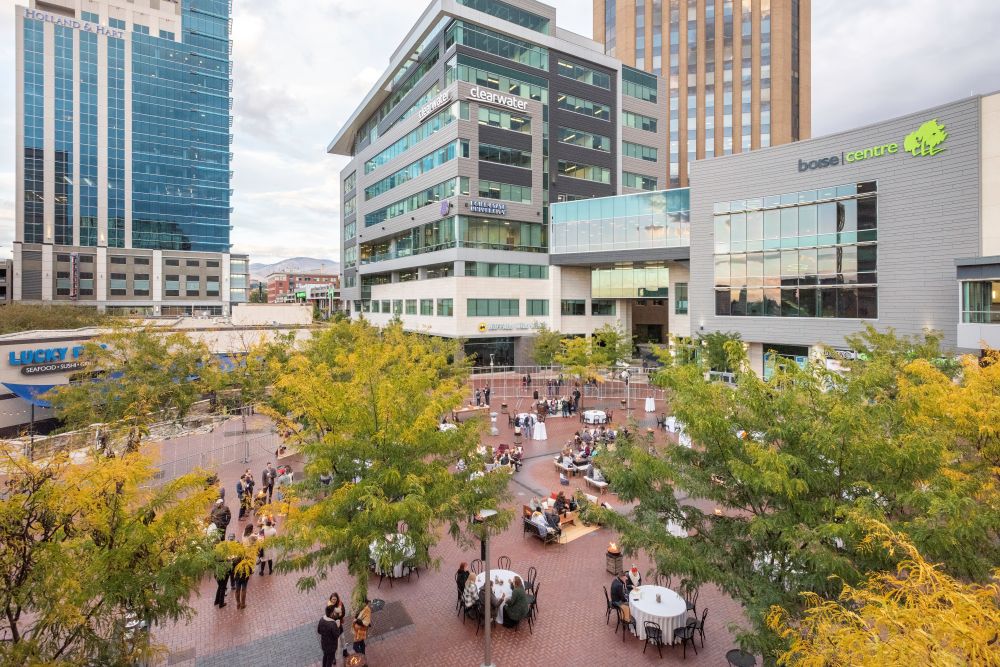
Having green practices in place is an enormous consideration for meeting planners concerned with their event’s carbon footprint. Convention centers in the Pacific Northwest have always been at the forefront of sustainability. Portland and Seattle were among the first in the U.S. to embrace LEED certification for their convention centers and continue to boast stellar sustainability.
In 2014, the Oregon Convention Center achieved LEED Platinum; it was recently re-certified as such in 2023. While the “Arch” building of the Seattle Convention Center is certified Silver, The Summit achieved LEED Platinum certification through reclaimed wood use, rainwater capture and a hybrid radiant heating and cooling system in the lobby and prefunction areas.
The Boise Centre mirrors its local competitors in recycling and food donations but has one unique weapon in its arsenal: the largest and oldest geothermal heating system in the U.S. Like many buildings in Boise, the Centre utilizes a river of geothermally heated water that flows out from the city’s foothills. Visitors can tell how massive the system is by the number of plaques on buildings announcing the use of geothermal heat. It’s a remarkable benefit.
[Related: Locally Focused Culinary Experiences in the Pacific Northwest]
Residential POV
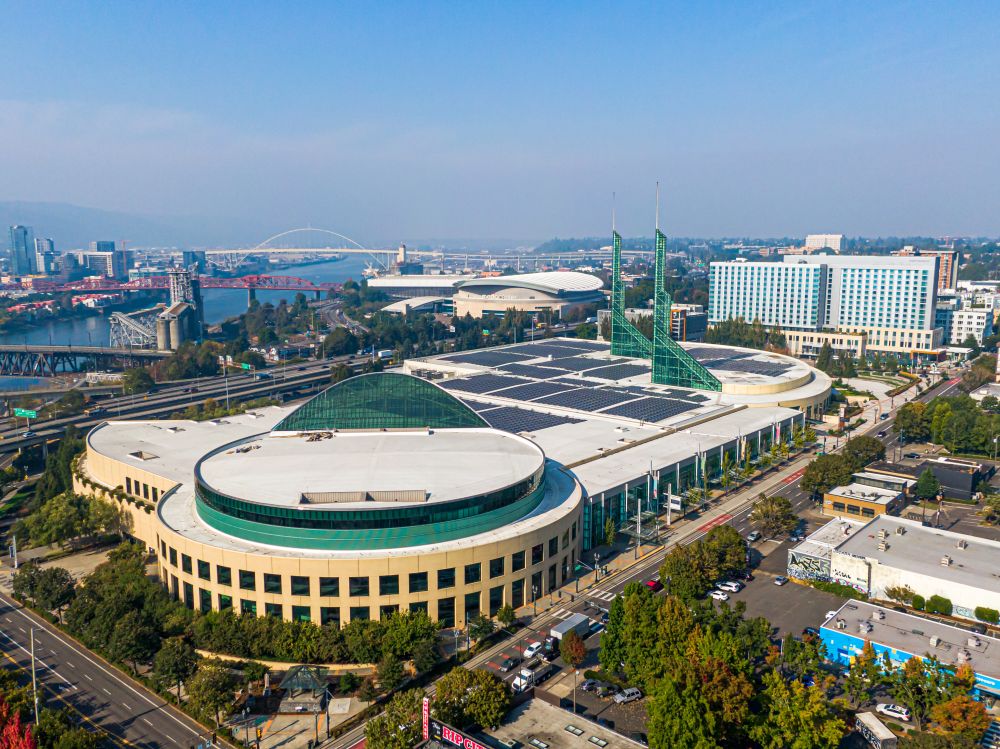
Unlike sports venues or even community centers, city residents are often unsure about the part a convention center plays both in the cultural and economic health of their hometown—no matter how many times municipal leaders and third-party resources tell them.
In fact, many residents may never see the inside of a convention center until an emergency strikes. In the case of extreme weather events each year, for example, the Spokane Convention Center and Portland’s Oregon Convention Center shelter at-risk individuals. During the last days of the pandemic, Portland’s Oregon Convention Center became the state’s largest vaccination clinic for the public, achieving a milestone of 500,000 vaccinations on May 18, 2021.
What’s Next?
With Portland and Boise considering their infrastructural moves, Seattle’s LeMaster has already decided hers.
Being a new leader with a brand-spanking-new convention center, “Speed to market is my primary focus,” she said, “as we seek to differentiate ourselves, not just among convention centers but all live event venues. We will not be the biggest, but we will offer the most and flexible and innovative environments in North America to create unforgettable events.”
Connections
Read more meeting and event news in Pacific Northwest locales Oregon, Washington and Idaho.



